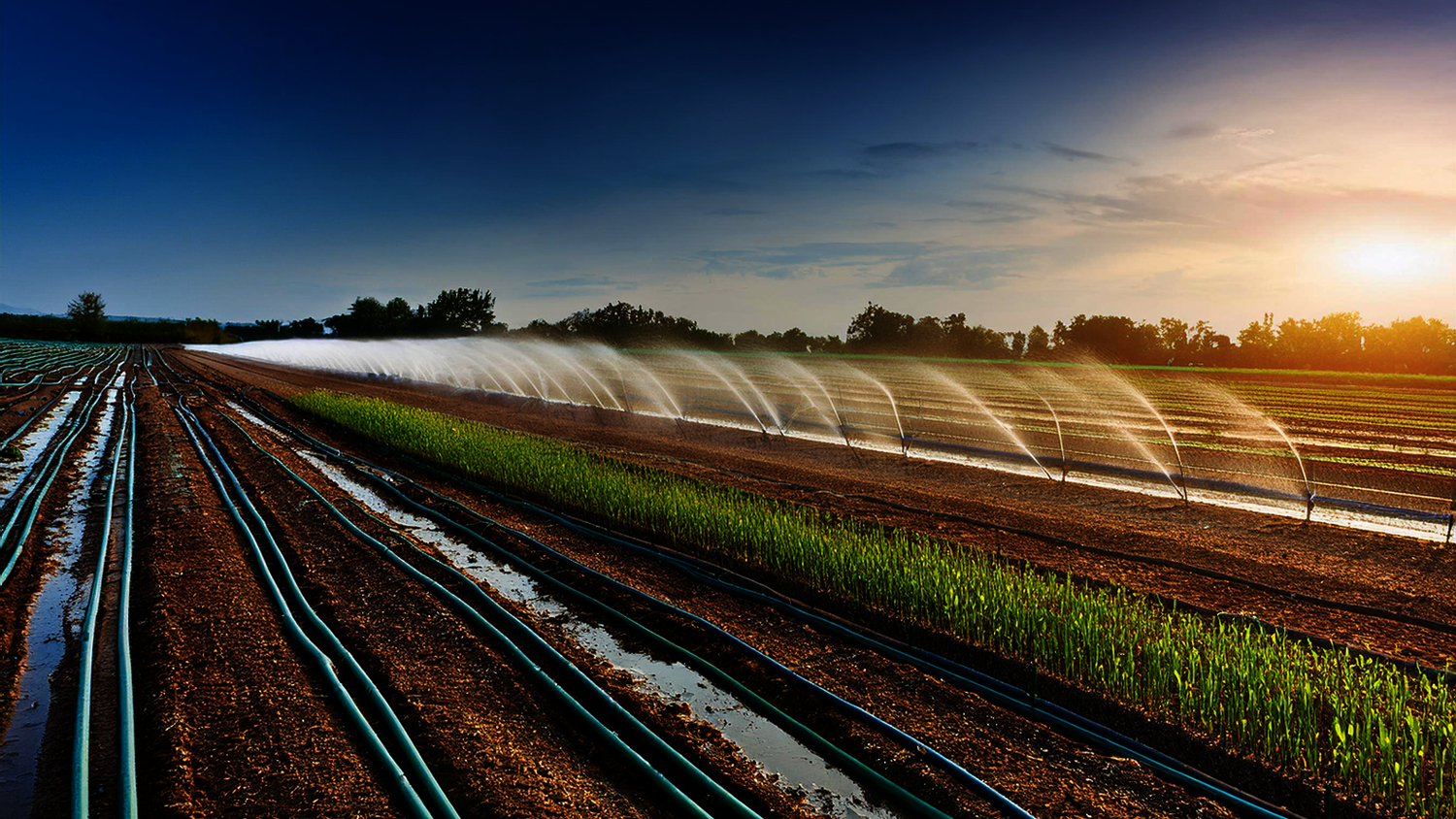With agriculture expanding across India, the need for sustainable water solutions has never been greater. Rainwater harvesting for irrigation offers a practical way to reduce dependence on groundwater, improve crop yields, and promote eco-friendly farming. At Rainy Filters, we guide farmers and landscapers in implementing efficient, low-maintenance rainwater harvesting systems that provide clean water for crops, lawns, and gardens.
Implementing a rainwater harvesting filter or system ensures the water collected is clean and safe for irrigation purposes, making it one of the best solutions for sustainable agriculture.
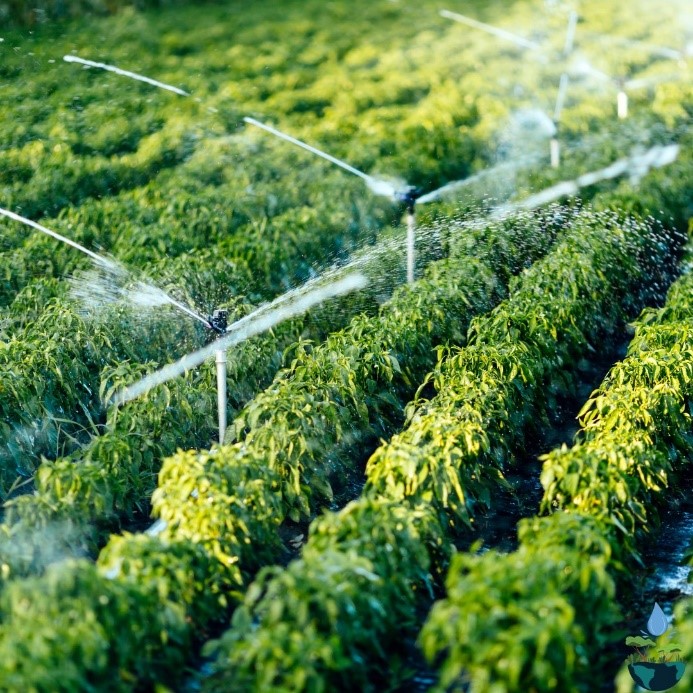
Benefits of Rainwater Harvesting for Irrigation
Using a rainwater harvesting system for irrigation offers multiple advantages:
-
Chemical-Free Water: Harvested rainwater is free of chlorine, fluoride, and other chemicals, making it ideal for organic farming.
-
Reduces Soil Erosion & Flooding: A rain water filter can remove debris and sediments before storage, reducing runoff and improving soil quality.
-
Supports Groundwater Recharge: A well-maintained rainwater harvesting filter for home or farm reduces pressure on groundwater and replenishes aquifers naturally.
-
Environmentally Friendly: Minimizes pollution in lakes and rivers while promoting sustainable agricultural practices.
-
Increases Crop Production: Especially in arid regions, harvested water can be supplied through sprinkler or drip irrigation.
-
Versatile Usage: Water collected through rainwater harvesting systems can also support agroforestry, livestock watering, and landscaping needs.
Methods of Rainwater Harvesting for Irrigation
There are two main ways to collect and store rainwater for irrigation: rooftop harvesting and surface runoff harvesting. Both can be integrated with home water filtration systems or rainy filters to ensure water quality.
1. Rooftop Rainwater Harvesting
Rooftop harvesting is popular for rural and urban areas. It collects rainwater from roofs and directs it to rainwater filter systems or storage tanks.
Key components include:
-
Catchment Surface: Usually the roof, which collects rainwater.
-
Pipes & Gutters: Transport water from the roof to the storage tank.
-
Filters: Rainy filters remove dirt and debris before water enters the tank.
-
Storage Tank: Can be above or below ground, storing filtered water for later use.
-
Overflow Pipe: Handles excess water when tanks are full.
-
Pump or Tap: Provides easy access to collected water.
Applications: Residential, commercial, government, educational, and religious buildings, besides agriculture.
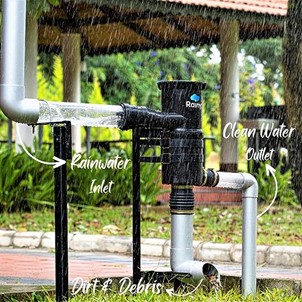
2. Surface Runoff Rainwater Harvesting
This method collects rainwater flowing on the ground and stores it in underground tanks, retention ponds, or farmland rainwater harvesting systems.
Options for surface runoff collection:
-
Retention Ponds: Natural filtration through soil, sedimentation, and solar disinfection. Useful for livestock watering and groundwater recharge.
-
Underground Storage Tanks: Ideal in areas with seasonal rainfall. Insulated tanks with low evaporation rates ensure a consistent supply for irrigation outlets.
Applications: Farms, ranches, parks, recreational areas, and municipal spaces.
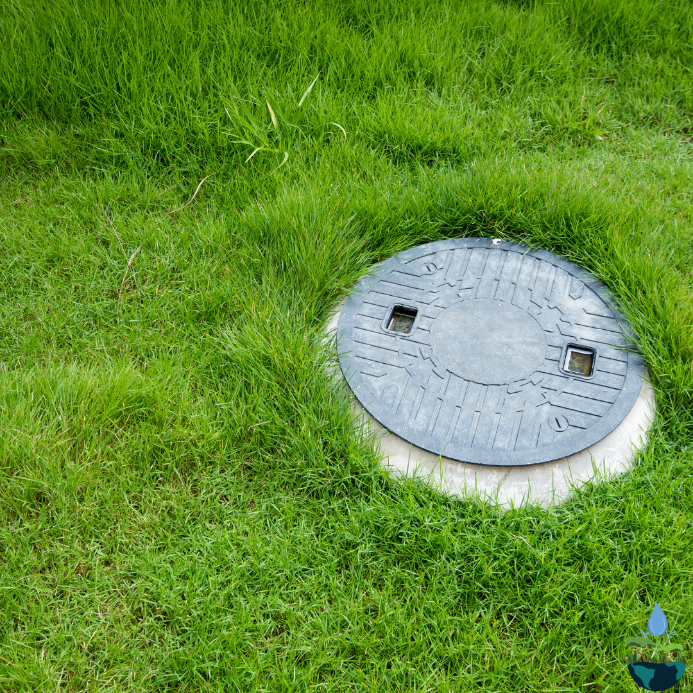
Challenges to Consider
While rainwater harvesting systems are highly beneficial, it’s important to consider:
-
Initial Setup Costs: Tanks, rain water harvesting filters, and installation may require investment.
-
Weather Dependency: Effectiveness depends on local rainfall patterns.
-
Storage Capacity: Adequate tanks are needed to ensure supply during dry periods.
-
Maintenance: Regular cleaning of gutters, filters, and tanks is essential.
Expert Tips from Rainy Filters
-
Use high-quality rainwater filters to ensure clean water for irrigation.
-
Size your rainwater harvesting system according to rainfall patterns and irrigation needs.
-
Combine drip or sprinkler systems for efficient water usage.
-
Monitor water quality regularly to prevent contamination.
Pro Tip: Consider integrating a home water filtration system for multi-purpose use if rainwater is also collected for household purposes.
FAQs About Rainwater Harvesting for Irrigation
1. How much rainwater can I collect from my rooftop?
A 100 sq.m roof can collect approximately 50,000 liters of water per 100 mm of rainfall, depending on the efficiency of your rainwater harvesting system.
2. What is the best filter for irrigation water?
Rainy filters or dual-intensity rain water filters work best to remove debris and sediments before water reaches crops.
3. Can harvested rainwater be stored for months?
Yes, with insulated and covered tanks, rainwater can be stored safely for months while minimizing evaporation and contamination.
4. Is rainwater better than borewell water for crops?
Rainwater is chemical-free, soft, and ideal for plant growth, making it better for organic farming and soil health.
5. How much does a basic rainwater harvesting system cost?
Costs vary based on tank size, filters, and installation complexity. Rainwater filter prices depend on the brand and capacity, but at Rainy Filters, we provide affordable, customized solutions for your farm or home.
The Bottom Line
Rainwater harvesting for irrigation is a cost-effective, eco-friendly, and sustainable solution that increases crop production, replenishes groundwater, and improves soil quality.
At Rainy Filters, we provide rainwater harvesting systems, rain water filters, and expert guidance to help you design and implement an efficient system.
💧 Ready to save water and improve your irrigation system? Contact Rainy Filters today and start harvesting rainwater efficiently!
